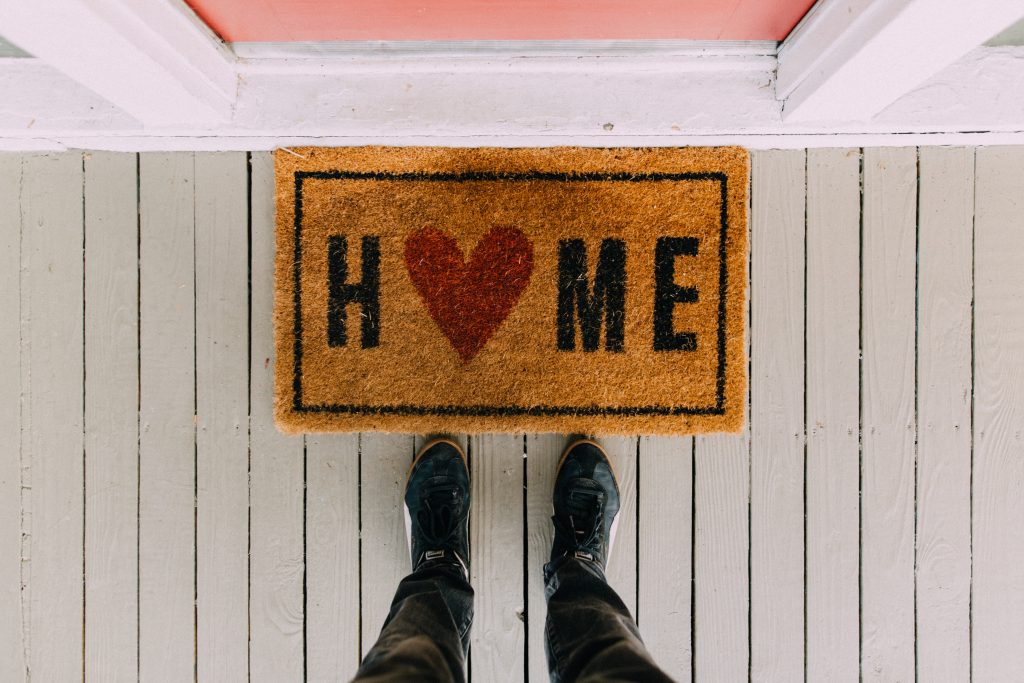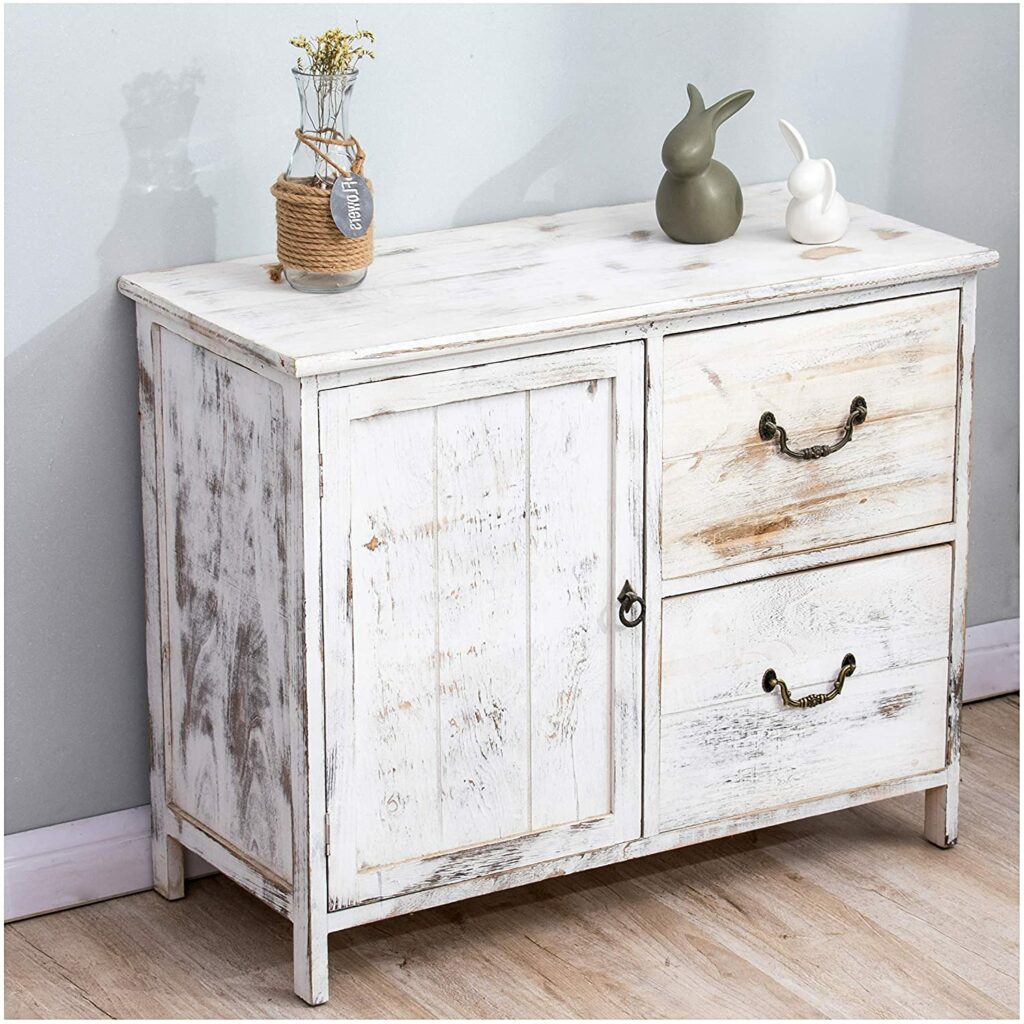Considering we are all going to spend a lot more time in isolation at home, it’s got me thinking about the sociology of the home. Apart from everyone jumping on the sofa and complaining about there being nothing on TV, yet again. Let’s look at how specific social norms shape people’s behaviour in what would seem quite an individual site: the home.

So what is “home”?
Would you be surprised if I said it’s more complicated than imagined? Of course, you wouldn’t; this is Sociology, after all! Despite many sociologists trying to reinvent the wheel, most actually agree that it is a fixed place of residence for the family. Sociologist Ruskin, back in 1868, understood that it is a shelter from the outside world. Relating this to Goffman, the home is a backstage region and a place of privacy. When you think about it, we start to talk about going home when we feel we have had enough outside interaction. When that social bar begins to overflow, abort!

The home is also a base where our days begin and end. One of my other rambled articles discussed the Sociology of Sleep. So, it would seem silly to argue the home isn’t shaped around routines and schedules. If you were Goffman, you would say that the home is a total institution where people live, eat, sleep, day-by-day around the clock following disciplined routines. Seems pretty cynical to compare the home to a prison, but who knows the situation of Goffman’s home life.
“Making a house a home”
Now it wouldn’t be home without a few personal touches here and there soon, would it? Didier Maleuvre, in his book “Museum Memories“, highlights that the front stage regions would show an image of how we dwell and how we view ourselves in the world. So it appears routine for us all to display our homes in ways that reflect our identities. The pictures of our families, our holidays, and graduations. Deep observation alert: our homes are effectively an autobiography, a museum of our lives if you will. Homes exhibits our identity, which encourages people to decorate and design their homes to portray the desired image of themselves. Rachel Hurdley conceptualises a mantelpiece as a formal structuring device. Think back to if you ever had a mantelpiece; what was on it? We subconsciously use them to carefully select presentations of ourselves, as architecturally, they are the central point of the room.
Homes also identify which social categories of occupiers. Not just the size of the property, but even more subtle things. The upper class can fill their Maison with antiques, expensive furniture and household goods to distinguish themselves from others. This idea is similar to the points raised in the Sociology of Shopping post I made. The home’s design and mapping can express a great deal about the owner and are significant both in individual autobiography and within the realm of public cultural values. Furthermore, there seems to be an inverse snobbery for decorations of homes across the social classes. For example, in “Watching the English“, Kate Fox stated that “upper-class and upper-middle-class homes tend to be shabby, frayed and unkempt in a way no middle-class or lower-middle-class would tolerate”.

Cleaning
Are guests coming? Time to clean up! I complained when I was younger when I’d need to clean when we had guests coming. Now I get it. Spring clean every time I have a visitor. Well, this goes hand-in-hand with the previous segment. The reason we clean is that most of us fear judgment. Also, when inviting guests, it is a common understanding that comfort equals cleanliness. There is a rising in standards for the “How clean is your house?” question. With the rise in domestic technologies, Judy Wajcman understood that housework has changed in style but not in intensity. Sociologically, cleaning is a metaphor for social order. We clean to maintain symbolic boundaries. A simple example of this is the boundary of inside and outside; we all know to take off our shoes when entering one’s house.
Finally…
In these unprecedented times (a phrase politicians just love at the moment), we better get used to being at home. So, take a look around and see if anything I have said rings true. It’s difficult at the moment to look at frontstage regions due to not being able to host guests, but have a look at the decorations, your mantlepiece. Does your home express your or someone else’s identity? Also, look in your bedroom. Are there decorations in there that identify your personality that you would never want to be displayed in a frontstage region? With plenty of time having to be spent at home, I aim to release more posts. Still, deep down, I know it’s all just procrastination away from writing my dissertation. Stay safe and stay at home!


